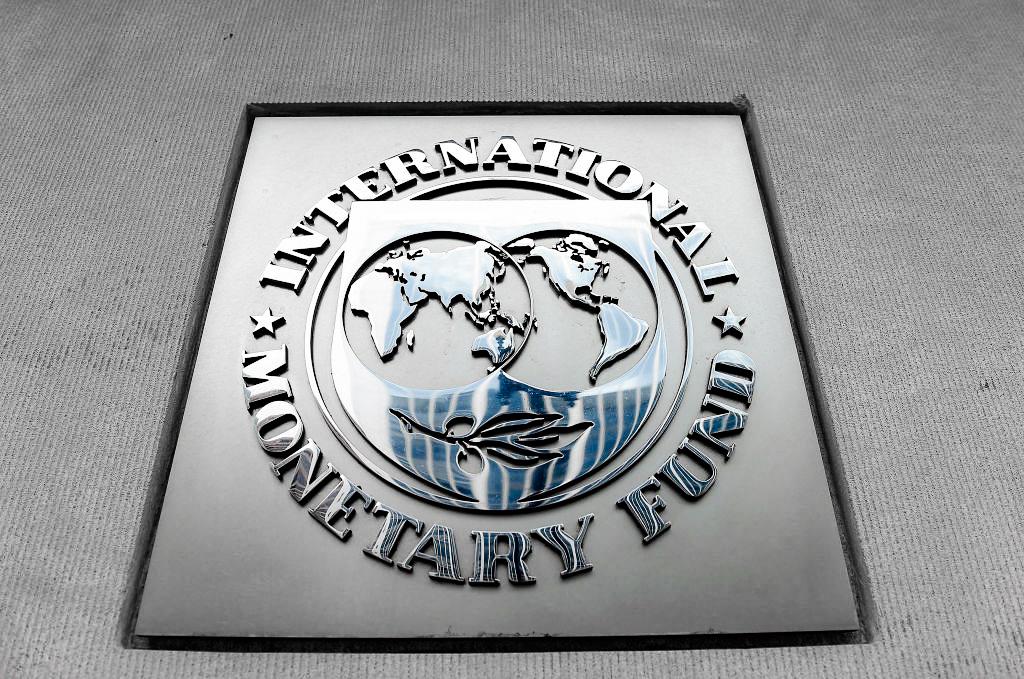Two new exoplanets discovered via NASA’s Kepler Space Telescope maybe more like our own planet than any far-off celestial body ever examined.
What astronomers are often most interested in when assessing the Earth-like qualities of distant worlds is how likely the planets are to have liquid water, and thus potential life-supporting abilities.
Proximity to its star is a primary factor in putting an exoplanet in what is called the ‘Goldilocks Zone’ meaning the planet’s surface is neither too hot nor too cold. Excess heat would cause liquids to evaporate, while not enough of it would render them frozen.
Both Kepler 438b and Kepler 442b, the names given to the recent discoveries, are deemed to be within the right range. They revolve around red dwarfs, which have a cooler temperature than our star, but their closeness to it is working in their favor. Each also receives a good amount of light, further compensating for the red dwarf’s lesser power.
More studies into the pair are needed, but at this point astronomers are holding strong in their belief that both could be rocky Earth-like candidates.




